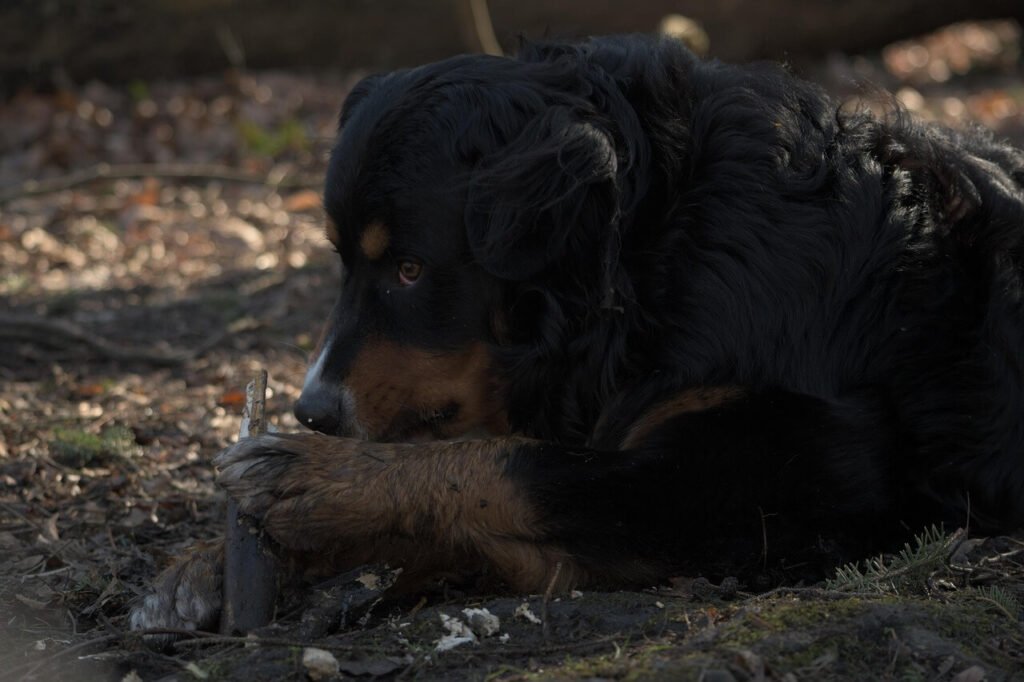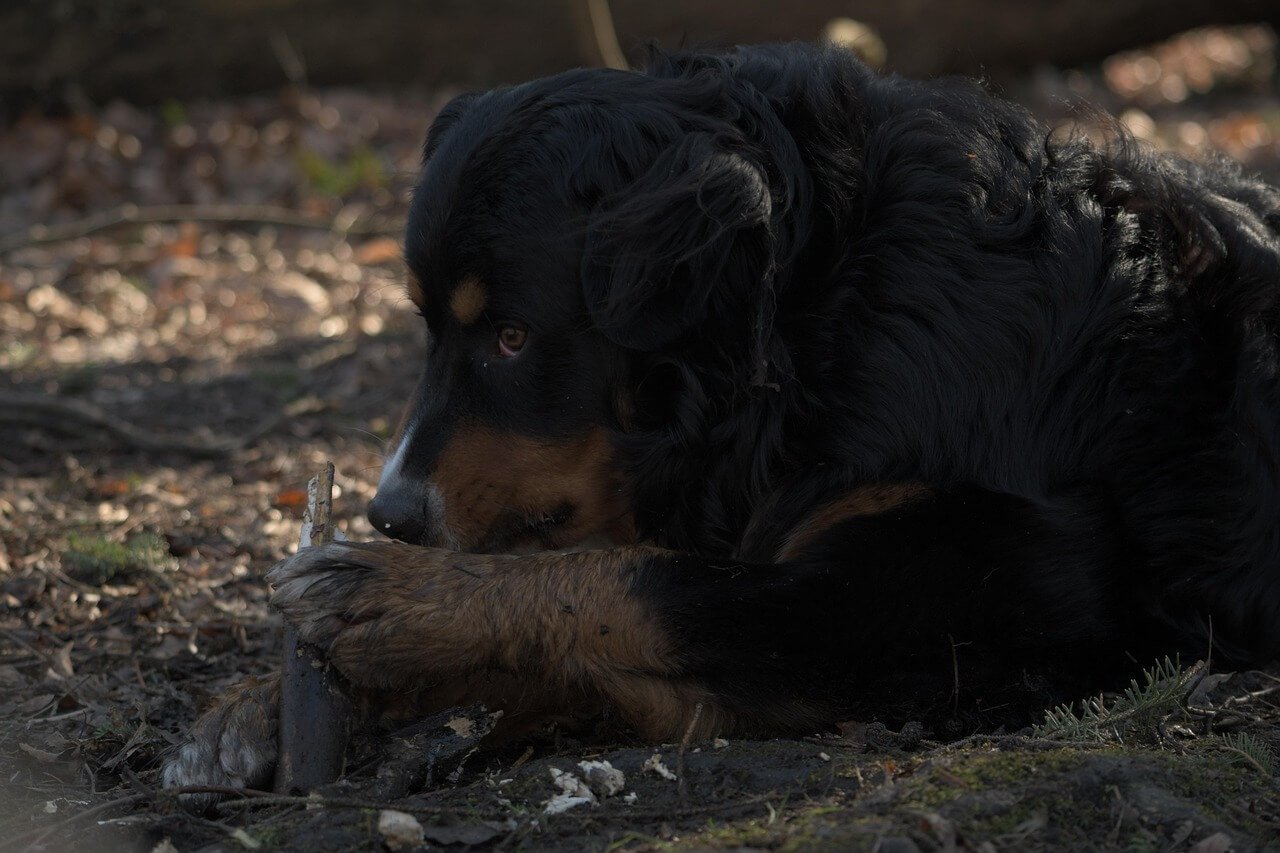Understanding Mucocutaneous Pyoderma in Dogs: Causes, Symptoms, and Treatment
Mucocutaneous pyoderma is a skin condition that affects the mucocutaneous junctions in dogs—the areas where the skin meets mucous membranes, such as the lips, nose, anus, and genital regions. While it may sound alarming, this condition is relatively common and often treatable with proper care. It typically manifests as redness, swelling, crusting, or ulceration in these sensitive areas, causing discomfort for your furry friend. Understanding the causes, recognizing the symptoms, and knowing how to manage mucocutaneous pyoderma can make a world of difference in your dog’s quality of life. In this blog post, we’ll explore everything you need to know about this condition, from diagnosis to prevention, so you can help your dog feel comfortable and healthy again.
Common Causes of Mucocutaneous Pyoderma in Dogs
Mucocutaneous pyoderma is often caused by an underlying issue, such as an infection, allergy, or immune system dysfunction. Identifying the root cause is crucial for effective treatment. Here are some common factors that contribute to this condition:
Bacterial Infections: Staphylococcus bacteria are frequently responsible for secondary infections in affected areas.
Allergies: Food allergies, environmental allergens, or flea bites can trigger inflammation and lead to pyoderma.
Immune-Mediated Disorders: Conditions like pemphigus or lupus can weaken the skin’s barrier, making it more susceptible to infection.
Poor Hygiene: Lack of regular cleaning around mucocutaneous junctions can create an environment for bacteria to thrive.
Trauma or Irritation: Excessive licking, scratching, or rubbing can damage the skin and allow bacteria to invade.
By addressing the underlying cause, veterinarians can develop a targeted treatment plan to alleviate your dog’s symptoms and prevent recurrence. Early intervention is key to managing this condition effectively.
Symptoms of Mucocutaneous Pyoderma in Dogs
Recognizing the signs of mucocutaneous pyoderma early can help you seek prompt veterinary care for your dog. The symptoms are often visible and localized to specific areas of the body. Here’s what to look out for:
Redness and Swelling: Affected areas may appear inflamed and irritated, particularly around the lips, nose, or anus.
Crusting or Scabbing: Dry, flaky patches or scabs may form on the skin due to ongoing irritation.
Ulceration: Open sores or erosions can develop in severe cases, leading to discomfort and potential infection.
Odor: A foul smell may accompany the affected areas, indicating a bacterial infection.
Excessive Licking or Chewing: Dogs may lick or chew at the affected areas in an attempt to relieve itching or pain.
If you notice any of these symptoms, it’s important to consult your veterinarian promptly. Early diagnosis and treatment can prevent complications and improve your dog’s comfort.
Check this guide 👉Understanding Pericardiocentesis in Dogs: Best 7 Tips!
Check this guide 👉Understanding Peritoneal Effusion in Dogs: Best 7 Tips!
Check this guide 👉Understanding Cryptorchidism in Dogs: Best 7 Expert Tips!

Symptoms of Mucocutaneous Pyoderma | Possible Underlying Causes |
|---|---|
Redness and swelling | Bacterial infections or allergies |
Crusting or scabbing | Trauma, irritation, or poor hygiene |
Ulceration | Immune-mediated disorders |
Foul odor | Secondary bacterial infections |
Excessive licking or chewing | Allergies or skin irritation |
Treatment Options for Mucocutaneous Pyoderma
Treating mucocutaneous pyoderma involves addressing both the symptoms and the underlying cause. Your veterinarian will tailor the treatment plan based on your dog’s specific needs. Here are some common approaches:
Topical Treatments: Medicated shampoos, ointments, or sprays can soothe irritated skin and reduce bacterial load.
Antibiotics: Oral antibiotics may be prescribed to combat secondary bacterial infections.
Anti-Inflammatory Medications: Corticosteroids or other anti-inflammatory drugs can reduce swelling and discomfort.
Allergy Management: If allergies are the cause, dietary changes, antihistamines, or allergy shots may be recommended.
Regular Cleaning: Keeping the affected areas clean and dry helps prevent further irritation or infection.
With consistent treatment and follow-up care, most dogs recover fully from mucocutaneous pyoderma. Always follow your veterinarian’s instructions to ensure the best outcome.
Preventing Mucocutaneous Pyoderma in Dogs
While not all cases of mucocutaneous pyoderma can be prevented, there are steps you can take to minimize the risk and keep your dog’s skin healthy. Here are some practical tips:
Maintain Good Hygiene: Regularly clean your dog’s face, paws, and other sensitive areas to remove dirt and bacteria.
Monitor for Allergies: Be vigilant about identifying and managing food or environmental allergies that could affect your dog’s skin.
Provide a Balanced Diet: A nutritious diet supports your dog’s immune system and overall skin health.
Avoid Overgrooming: Excessive bathing or harsh grooming products can irritate the skin, so use gentle, dog-safe products.
Schedule Regular Vet Check-Ups: Routine veterinary visits can help detect and address potential issues before they escalate.
By taking these preventive measures, you can reduce the likelihood of your dog developing mucocutaneous pyoderma and ensure their long-term well-being.
Signs Your Dog’s Mucocutaneous Pyoderma Is Improving
As your dog undergoes treatment for mucocutaneous pyoderma, it’s important to monitor their progress to ensure the condition is resolving. Here are some positive signs that indicate improvement:
Reduced Redness: The affected areas will appear less inflamed and irritated over time.
Healing Sores: Open sores or ulcerations will start to close and form healthy scabs.
Decreased Licking or Chewing: Your dog will show less interest in licking or chewing the affected areas as discomfort subsides.
Improved Odor: A noticeable reduction in foul smells indicates that bacterial infections are being controlled.
Regrowth of Healthy Skin: New, smooth skin may begin to replace crusted or damaged areas.
These signs are a good indicator that your dog is responding well to treatment. However, always consult your vet if you’re unsure about their progress or if symptoms persist.
Common Mistakes to Avoid When Managing Mucocutaneous Pyoderma
While treating mucocutaneous pyoderma, certain mistakes can delay recovery or worsen the condition. Avoiding these pitfalls ensures your dog heals as quickly as possible. Here’s what to watch out for:
Skipping Vet Visits: Failing to follow up with your veterinarian can lead to untreated underlying causes.
Using Human Products: Applying human creams or ointments can irritate your dog’s sensitive skin further.
Overbathing: Excessive bathing can strip the skin of natural oils, worsening dryness and irritation.
Ignoring Allergies: Neglecting to address potential allergens can result in recurring flare-ups.
Stopping Treatment Early: Halting medication or topical treatments before the course is complete may allow the infection to return.
By avoiding these common errors, you can support your dog’s recovery and prevent complications. Always prioritize professional guidance when managing this condition.
Ways to Boost Your Dog’s Immune System
A strong immune system plays a vital role in preventing and managing mucocutaneous pyoderma. Supporting your dog’s overall health can reduce the risk of recurrence and improve their ability to fight infections. Here are some ways to boost your dog’s immunity:
Provide a Balanced Diet: Feed high-quality food rich in vitamins, minerals, and omega-3 fatty acids to promote skin health.
Supplement with Probiotics: Probiotics can improve gut health, which is closely linked to immune function.
Ensure Adequate Exercise: Regular physical activity helps reduce stress and supports overall well-being.
Minimize Stress: Create a calm environment to reduce stress-related immune suppression.
Schedule Routine Check-Ups: Regular veterinary care ensures early detection of potential health issues.
By focusing on these strategies, you can strengthen your dog’s immune system and reduce their susceptibility to skin conditions like mucocutaneous pyoderma. Prevention and proactive care are key to maintaining a healthy, happy dog.
Frequently Asked Questions About Mucocutaneous Pyoderma in Dogs
What is mucocutaneous pyoderma?
It’s a skin condition that affects the areas where skin meets mucous membranes, often caused by bacterial infections or allergies.
Is mucocutaneous pyoderma contagious?
No, it’s not contagious to other dogs or humans, but it requires treatment to prevent worsening.
How is mucocutaneous pyoderma diagnosed?
Veterinarians diagnose it through physical examination, skin scrapings, or biopsies to identify the underlying cause.
Can mucocutaneous pyoderma be cured?
Yes, with proper treatment and management of the underlying cause, most dogs recover fully.
How long does treatment take?
Treatment duration varies depending on the severity and cause but typically lasts several weeks to months.
In Conclusion: Supporting Your Dog Through Mucocutaneous Pyoderma
Mucocutaneous pyoderma may be uncomfortable for your dog, but with the right care and attention, it’s a manageable condition. By understanding the causes, recognizing the symptoms, and following your veterinarian’s guidance, you can help your dog heal and prevent future flare-ups. Remember, maintaining good hygiene, monitoring for allergies, and providing a balanced diet are essential steps in keeping your dog’s skin healthy. With patience and dedication, you can ensure your furry companion remains happy, comfortable, and free from the discomfort of mucocutaneous pyoderma. After all, a healthy dog is a happy dog—and that’s what every pet owner wants!
Understanding Prey Drive in Dogs: Best 7 Expert Tips! Discover expert advice on managing your dog’s natural instincts, training techniques, and safe outlets to channel their energy effectively.
Portuguese Water Dogs: Best 7 Expert Tips! Discover expert advice on training, grooming, and living with this intelligent, hypoallergenic breed for a happy and active companion.
Hound Dog Breeds: Best 7 Expert Tips! Discover expert advice on training, care, and living with hound dogs, from exercise needs to breed characteristics for a happy, healthy companion.
Is Alpha Dog Food Good? Best 7 Expert Tips! Discover expert advice on ingredients, benefits, and drawbacks of Alpha dog food to help you decide if it's the right choice for your pet's health.





